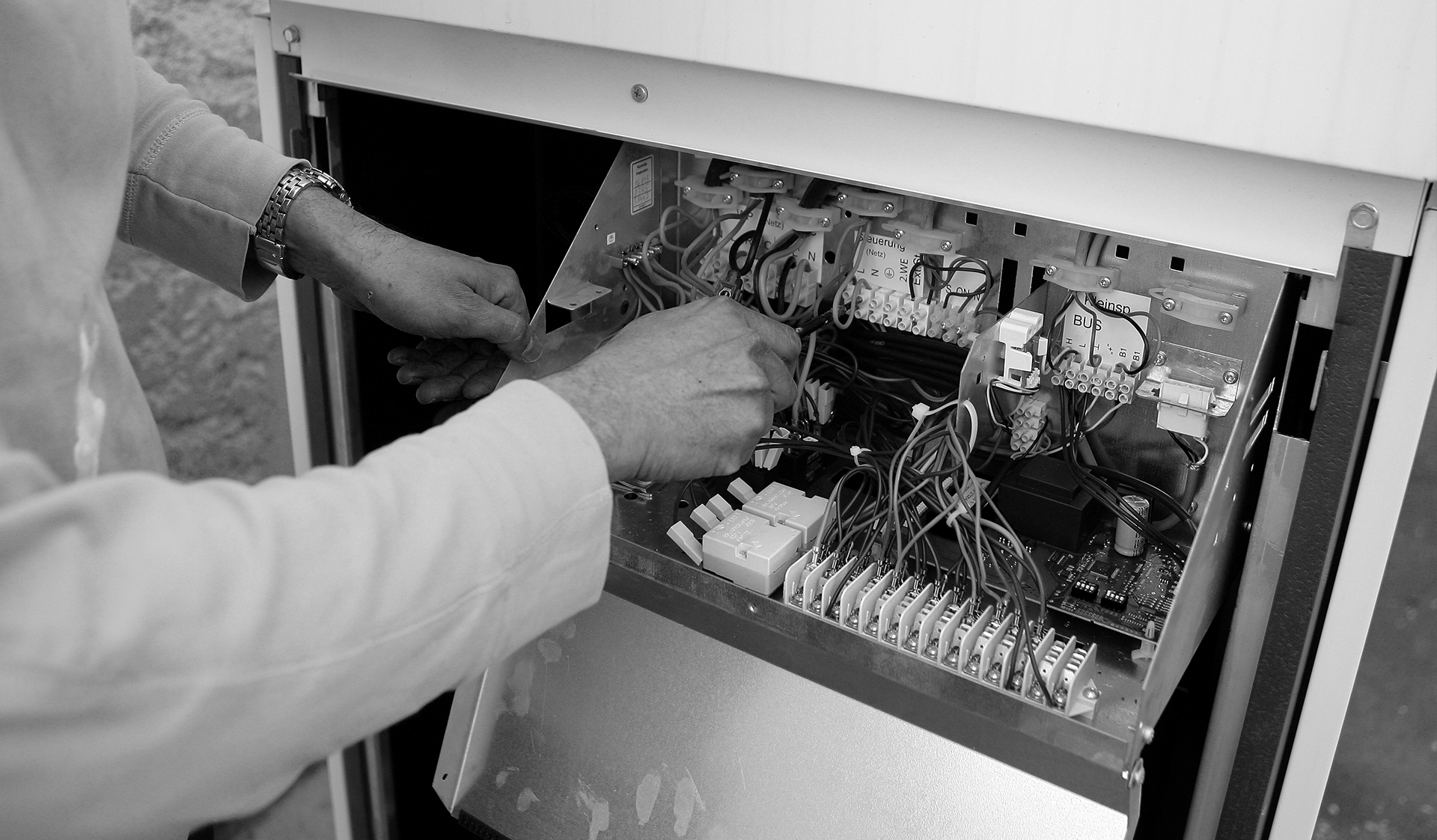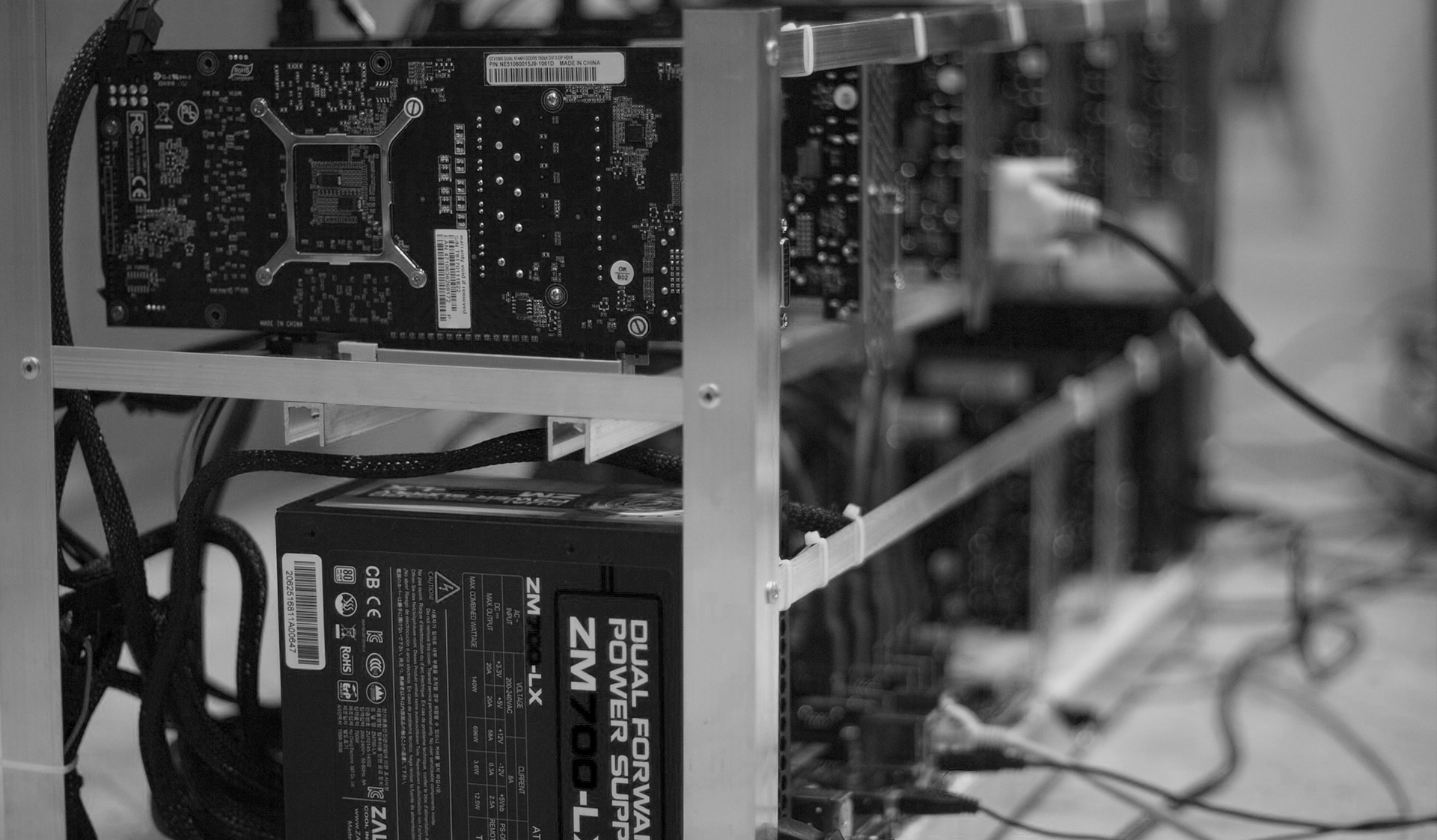Equipment

Electrical cable
The term cable originally referred to a nautical line of specific length where multiple ropes are combined to produce a strong thick line that was used to anchor large ships. As electric technology developed, people changed from using bare copper wire to using groupings of wires and various sheathing and shackling methods that resembled the mechanical cabling so the term was adopted for electrical wiring. In the 19th century and early 20th century, electrical cable was often insulated using cloth, rubber or paper. Plastic materials are generally used today, except for high-reliability power cables. The term has also come to be associated with communications because of its use in electrical communications.

Cable gland
A cable gland (in the U.S. more often known as a cable connector or fitting) is a device designed to attach and secure the end of an electrical cable to the equipment. A cable gland provides strain-relief and connects by a means suitable for the type and description of cable for which it is designed—including provision for making electrical connection to the armour or braid and lead or aluminium sheath of the cable, if any. Cable glands may also be used for sealing cables passing through bulkheads or gland plates.

Cable management
Cable management refers to management of electrical or optical cable in a cabinet or an installation. The term is used for products, workmanship or planning. Cables can easily become tangled, making them difficult to work with, sometimes resulting in devices accidentally becoming unplugged as one attempts to move a cable. Such cases are known as "cable spaghetti", any kind of problem diagnosis and future updates to such enclosures could be very difficult.
Cable management both supports and contains cables during installation, and makes subsequent maintenance or changes to the cable system easier. Products such as cable trays, cable ladders, and cable baskets are used to support a cable through cabling routes.
